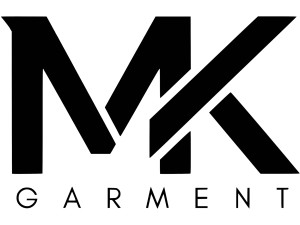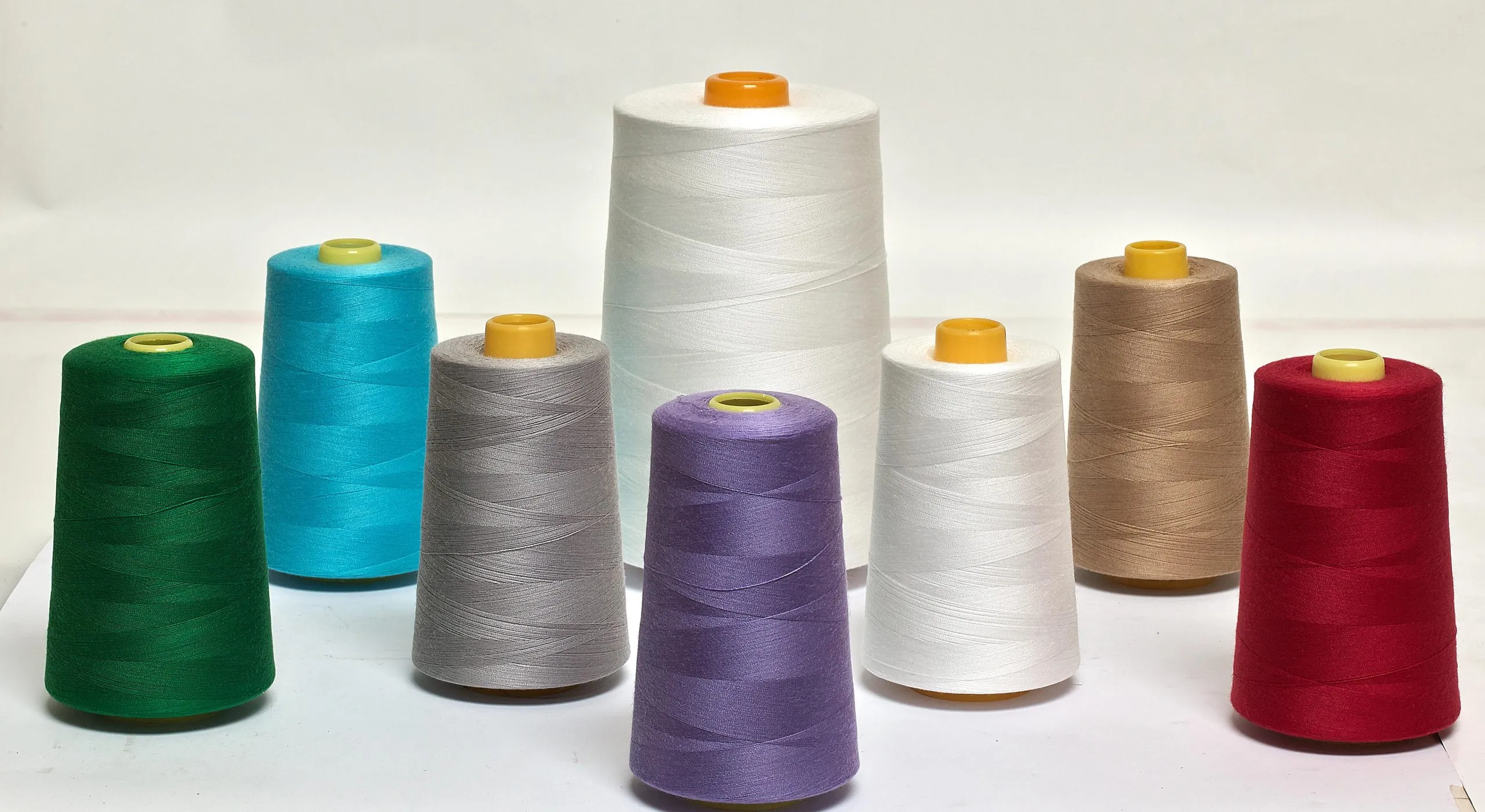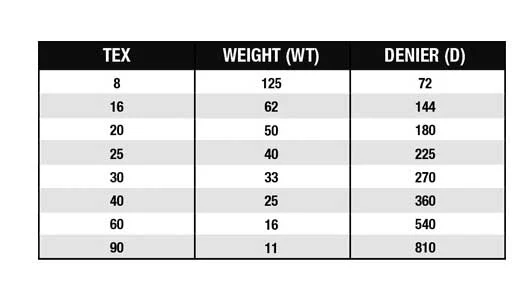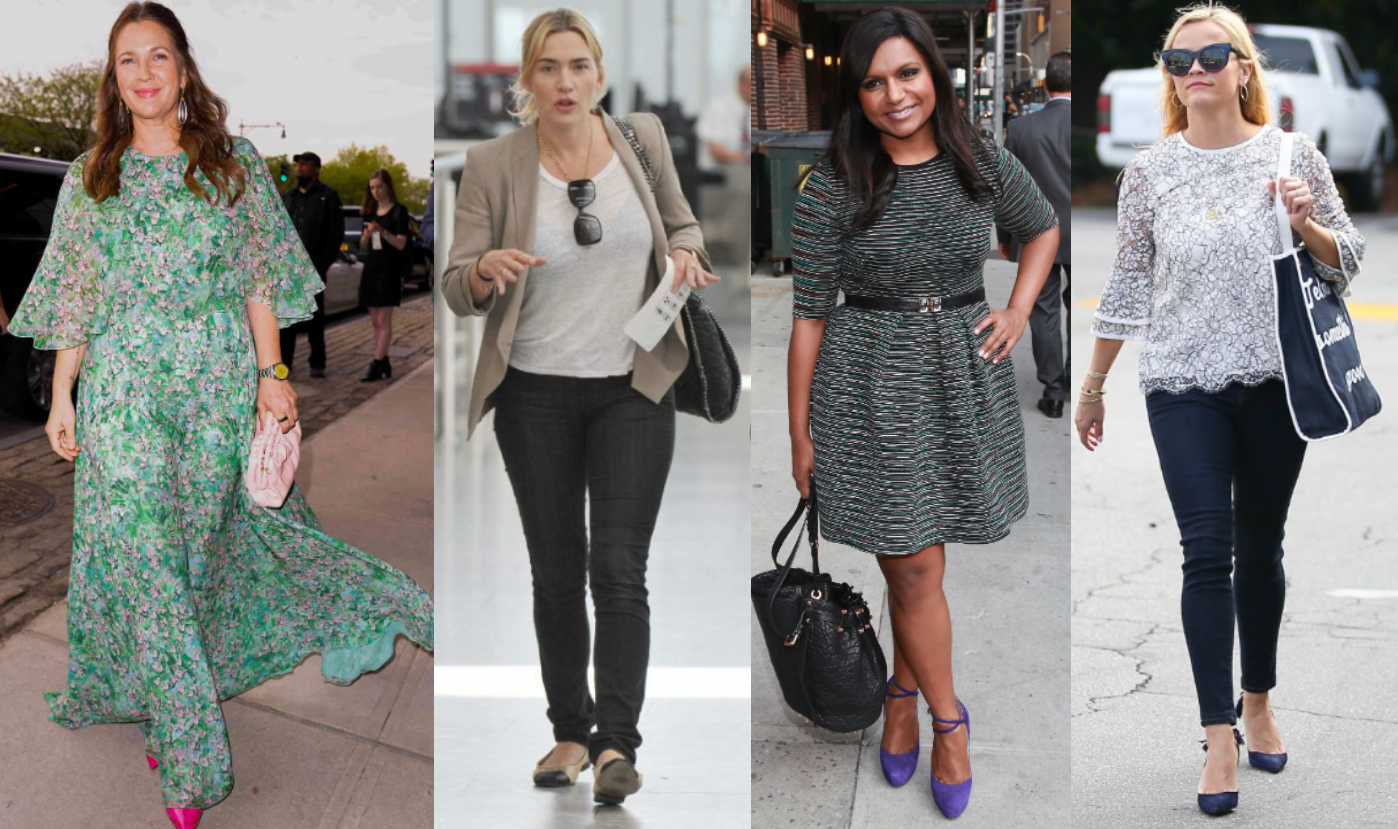
Outfit choices can transform an apple-shaped silhouette: if you carry weight through your midsection, focus on lengthening your torso, drawing the eye upward, and creating gentle balance with structured bottoms and open necklines. Avoid clingy tops, low-rise waists, and busy tummy details that emphasize the midsection, and instead use vertical lines, gentle drape, and face-framing accessories to showcase your best features with confidence.
=> Read More: Fashion Guide: Dressing Right for Your Body Type
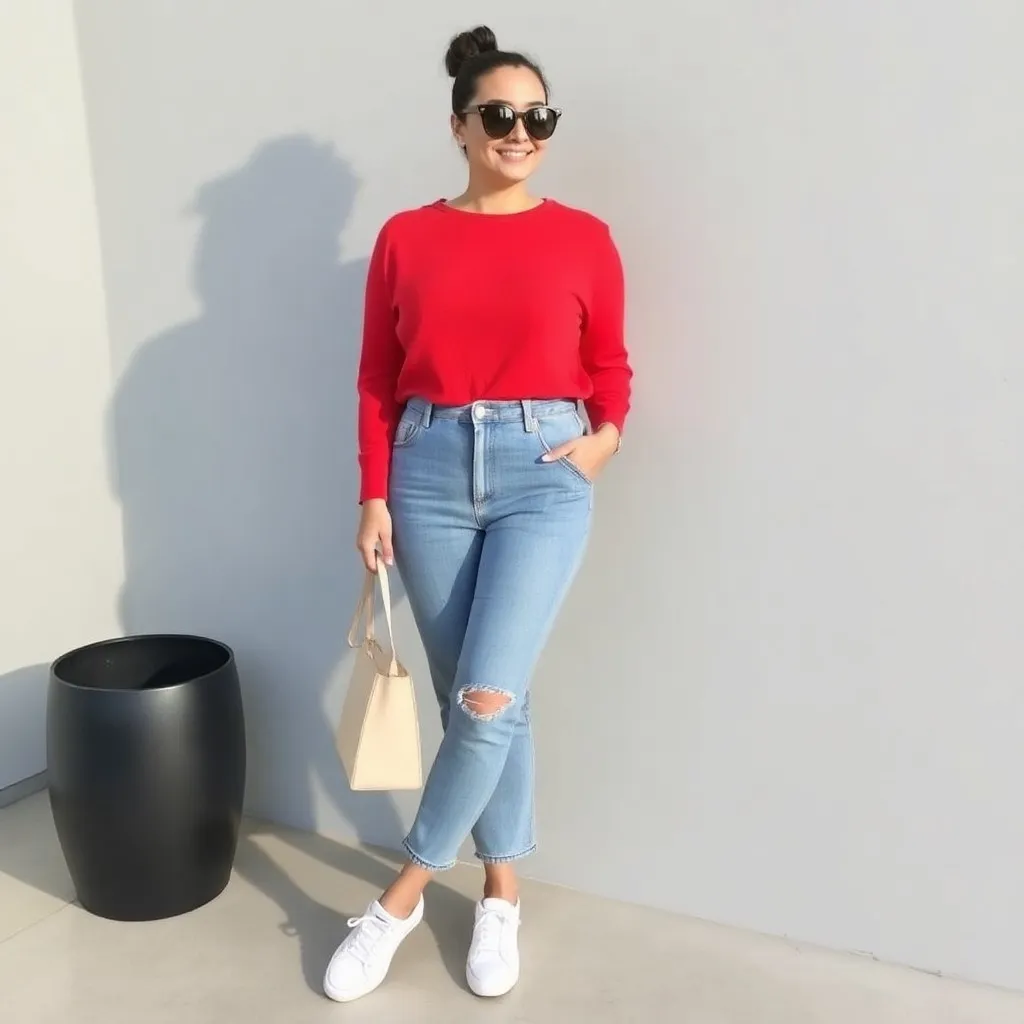
How to Know If You’re Apple-Shaped
Everyone’s body is unique, but recognizing your general shape can make choosing outfits much easier. An apple-shaped body usually carries more weight around the midsection, with the shoulders and bust appearing broader than the hips. This often means the waistline is less defined, yet it also draws attention to strong points like toned legs and a balanced upper frame. Understanding these proportions allows you to dress in a way that enhances your natural figure instead of working against it. Once you know where the eye is naturally drawn, you can use clothing to create harmony and highlight your best features with confidence.
- You gain weight first around your midsection.
- Your shoulders and bust are wider than your hips.
- Your waistline is not very defined.
- Your legs are often one of your best features.
=> Read More: Outfit Ideas for Inverted Hourglass-Shaped Body
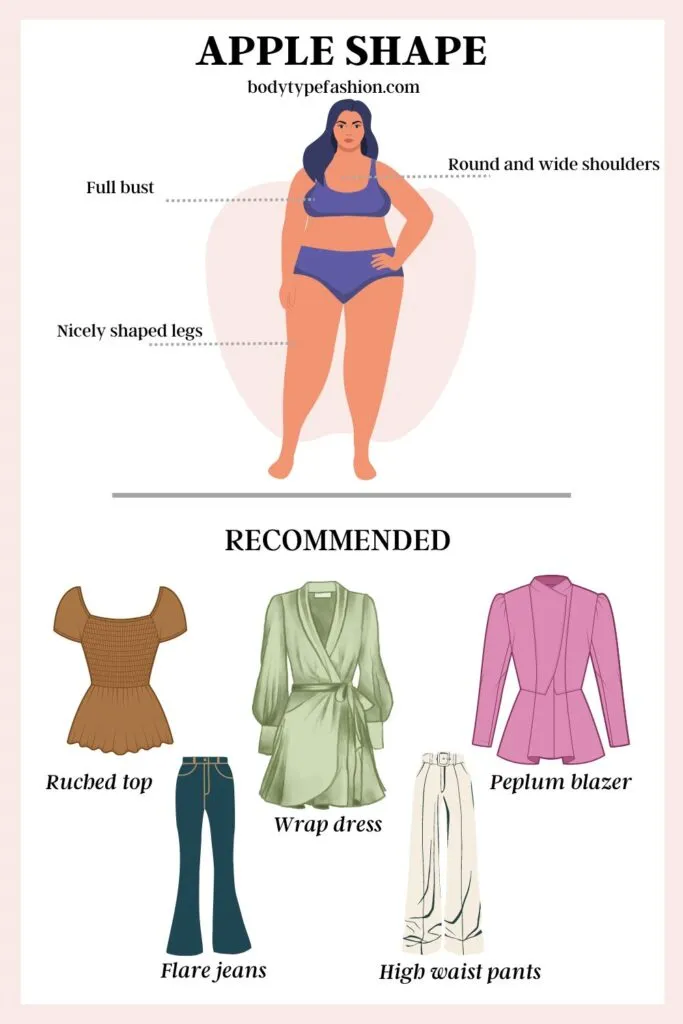
=> Fit rule: if the waist feels tight but the legs fit well, you may be apple-shaped.
Toned legs, a balanced upper frame, and a strong bustline are common positives you can leverage in styling. You can also work with torso length—shorter or average torso proportions change how jackets, dresses, and high-rise trousers sit—so tailoring or choosing the right rise becomes a simple way to refine proportion without drastic alterations.
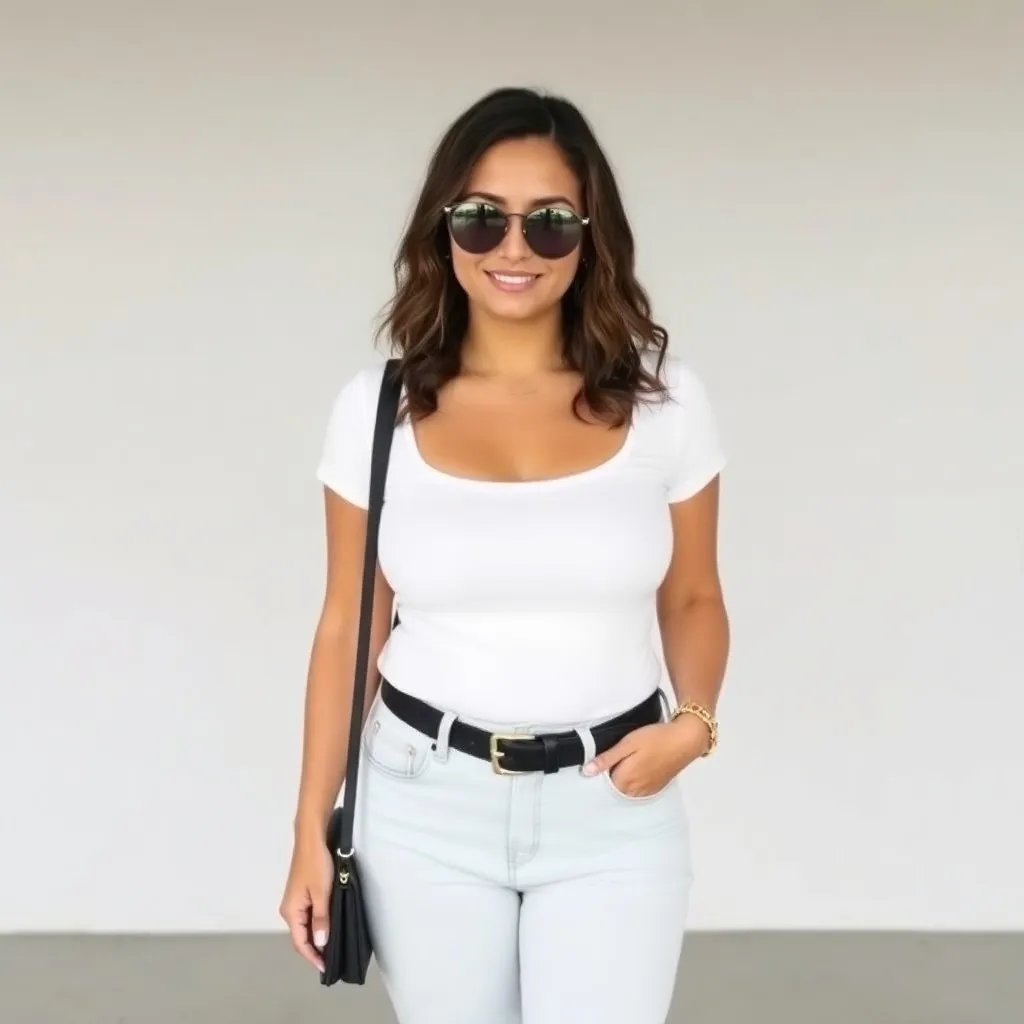
Core Styling Goals
The secret to dressing an apple-shaped body is not about hiding—it’s about enhancing. Every outfit you put together should work toward lengthening the torso, creating vertical lines, and balancing the upper and lower halves. The aim is to use clothing to gently frame your figure, allowing your best features to shine. Small adjustments like choosing the right neckline or pant silhouette can make a huge difference in how an outfit looks and feels. Think of it as building a visual flow that moves the eye upward and downward rather than resting at the midsection. With this mindset, dressing becomes less about restriction and more about confidence.
- Open the neckline to elongate the upper body.
- Skim, don’t cling at the tummy.
- Add structure with seams and sharp layers.
- Balance the bottom with straight or wider legs.
- Highlight the face and legs—your natural assets.
=> Read more: Outfit Ideas for Rectangle-Shaped Body (Straight or Athletic)

What to Wear (and Why)
The right clothes can transform not only how you look but also how you feel in them. For apple-shaped bodies, it’s best to focus on garments that skim the body without clinging, add shape without bulk, and draw attention toward your face or legs. Tops that open up the neckline instantly elongate the body, while bottoms with structure balance out proportions. Jackets and blazers are also powerful tools because they provide definition exactly where it’s needed. Each piece you choose works together to create a polished, effortless style that feels flattering and modern
=> Read More: Outfit Ideas for Pear-Shaped Body
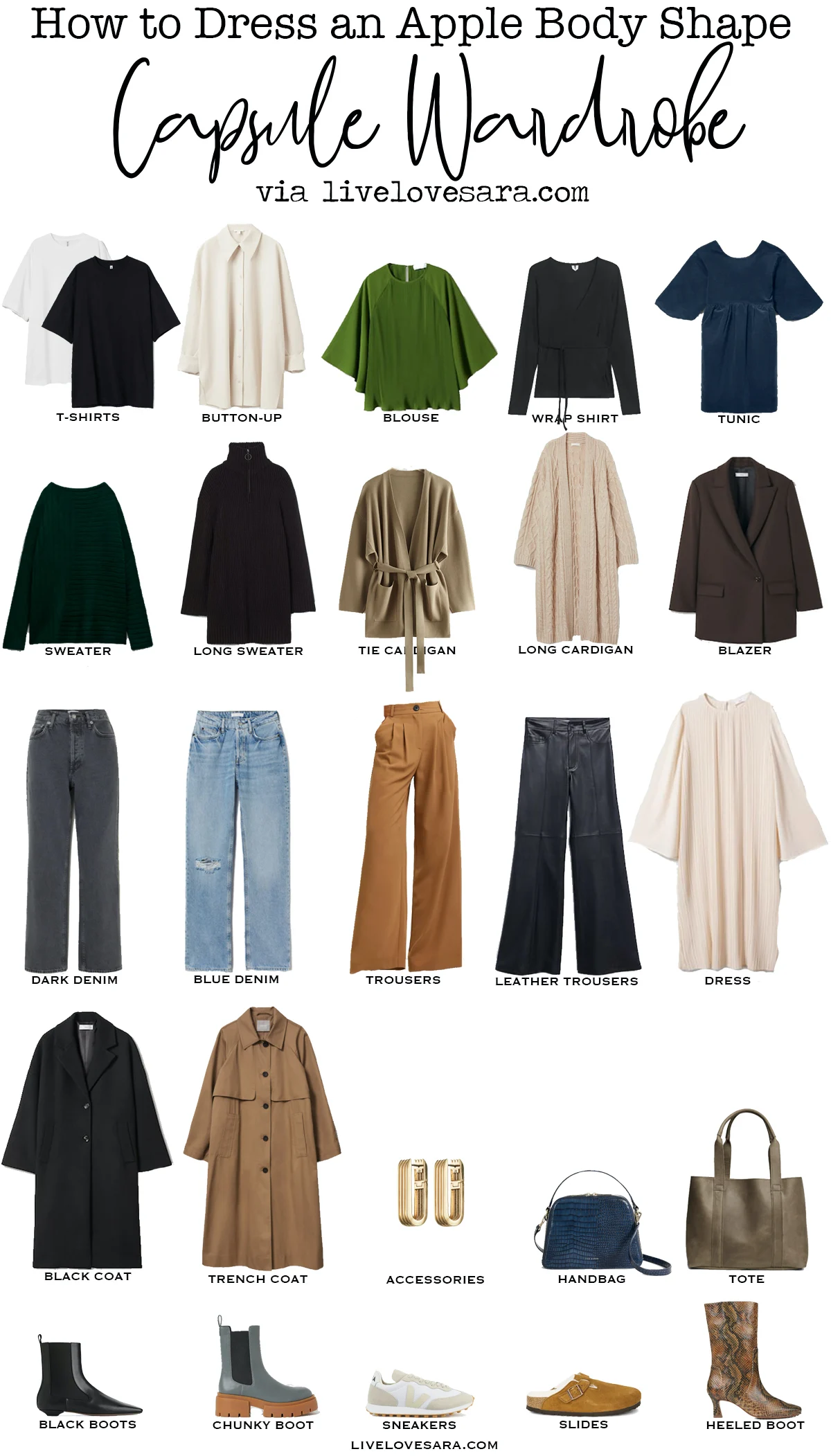
Tops
- V-neck or scoop-neck tees and blouses – open the chest and lengthen the neck.
- Empire-waist tops – sit under the bust and flow away from the tummy.
- Peplum or wrap tops (soft, not tight) – create the look of a waist.
- Knitwear with structure – fine-gauge cardigans worn open form a long line.
Fabric tip: choose fluid, medium-weight fabrics that drape (not cling). Avoid stiff or very thin clingy knits at the tummy.
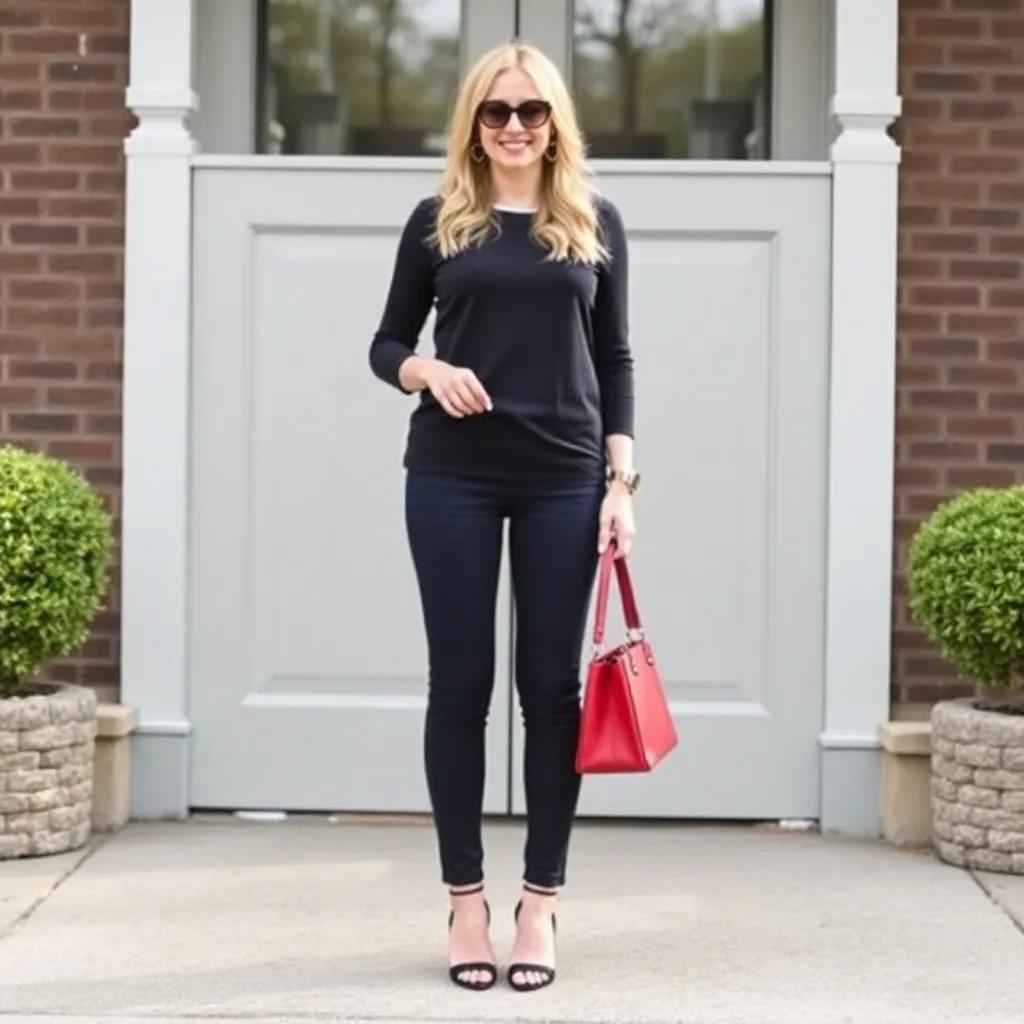
Dresses & Jumpsuits
- Empire-waist or A-line dresses – skim the midsection, highlight bust and legs.
- Wrap dresses – adjustable and waist-friendly.
- Shift dresses with princess seams – gentle shape without grab.
- Jumpsuits with a defined high waist – elongate legs and balance the torso.
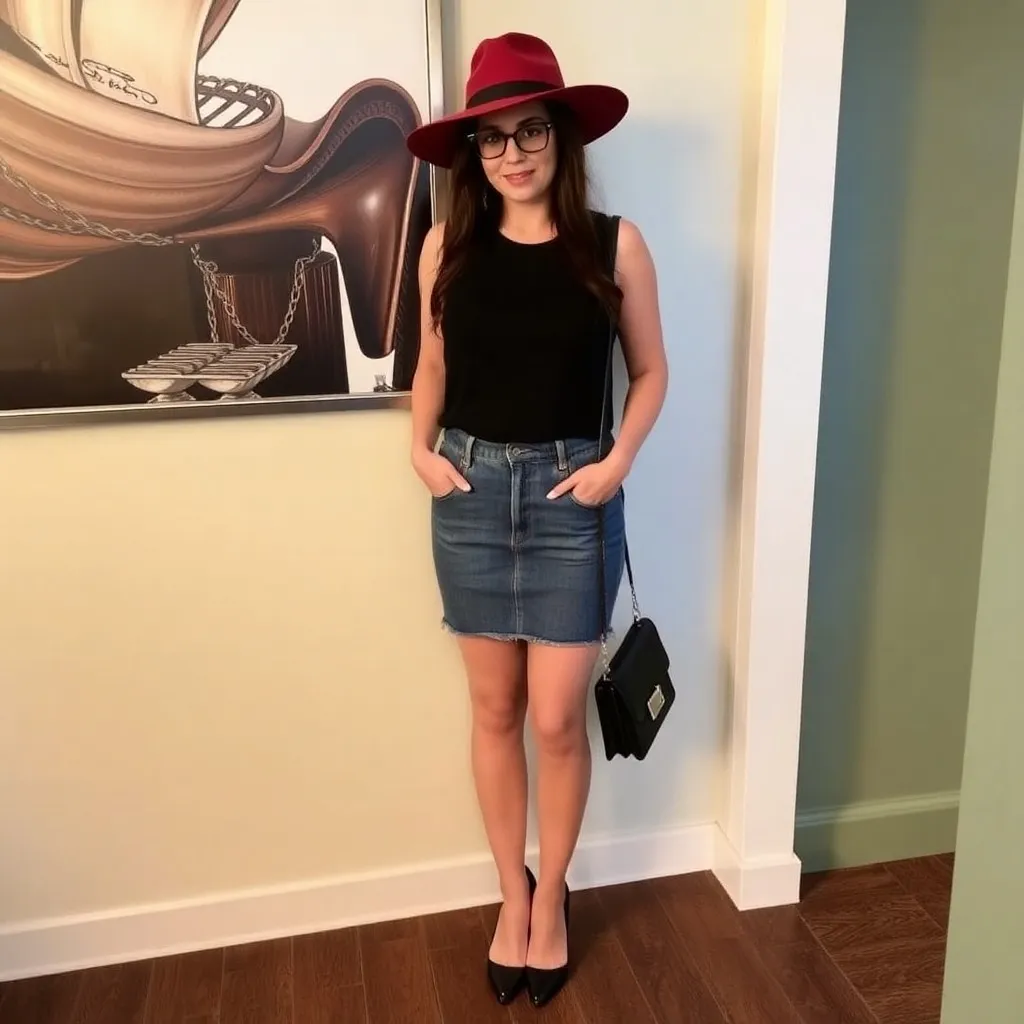
Bottoms
- Straight or wide-leg pants – add balance to the lower body.
- High or mid-rise (comfortable waist) – smooth the tummy line.
- Flat-front trousers and side-zip styles – reduce bulk at the waist.
- A-line or softly pleated skirts – movement without cling.
Jackets & Layers
- Structured blazers – add definition through the shoulders and midsection.
- Single-breasted styles with light shaping and one or two buttons.
- Longline vests or dusters – create a vertical line that slims.
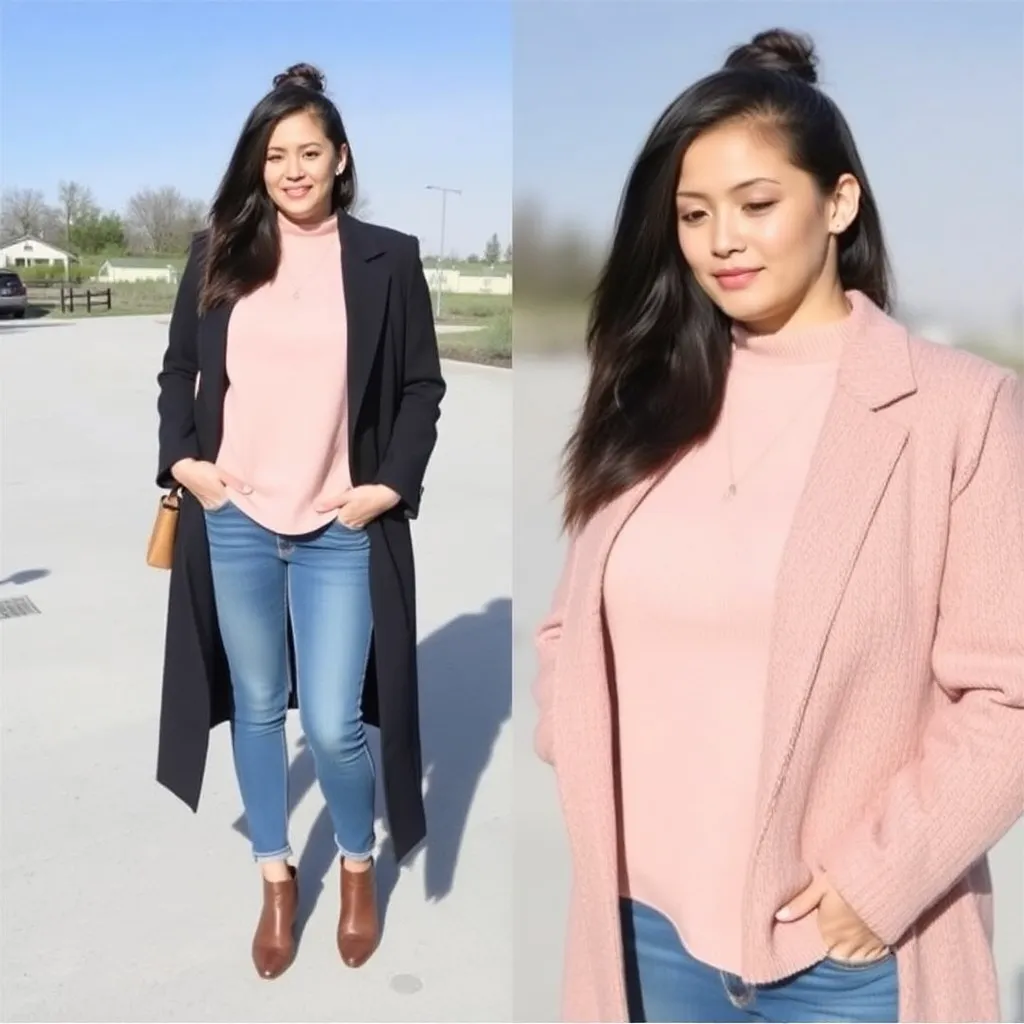
Prints, Colors & Details
- Darker or matte fabrics over the tummy if you want subtlety.
- Vertical elements (seams, plackets, long necklaces) guide the eye down.
- Small-to-medium prints or color-blocking that is darker at the center.
Shoes
- Pointed or almond-toe flats/heels – lengthen the leg.
- Block heels or wedges – comfortable lift, clean lines.
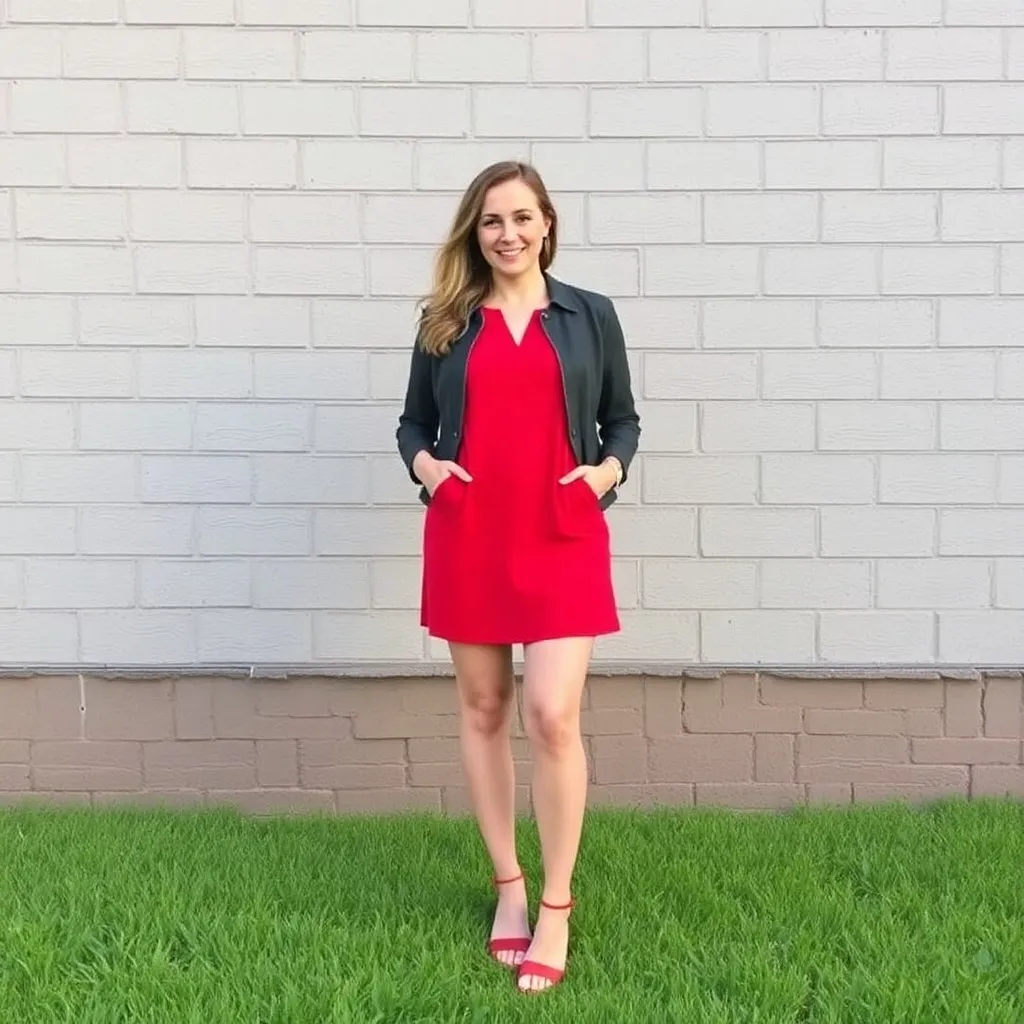
What to Avoid
Equally important as knowing what works is understanding what doesn’t. Some cuts and styles may unintentionally emphasize the midsection, making outfits feel less balanced. For example, clingy tops can highlight areas you might prefer to soften, while low-rise bottoms can create a cutting effect that feels uncomfortable. Overly busy details at the tummy or chest may also draw attention to the widest parts of your frame. By steering clear of these less flattering styles, you give more space for the pieces that truly work for you to take center stage. Dressing well is just as much about smart elimination as it is about selection.
- Tight, clingy tops that highlight the stomach.
- Low-rise jeans or pants that cut into the waist.
- Heavy embellishment right at the tummy (big pockets, ruffles, drawstrings).
- Boxy, high-neck tops without shape (they add width at the chest).
- Skinny pants + tight top combo (no balance).
Accessory & Styling Tips
Clothing alone can do a lot, but accessories are the finishing touches that bring an outfit to life. For apple-shaped figures, the right necklace, earrings, or scarf can shift attention to the face and neckline, which are already natural points of strength. Belts, when placed strategically, can also help create a waistline effect without discomfort. Layering with purpose—like keeping jackets open or using vertical elements—adds flow and visual length. These small style decisions may seem subtle, but together they can completely transform an outfit. Accessories don’t just decorate; they direct the eye and complete your story of style.
- Statement necklaces, earrings, or scarves bring focus to your face.
- Belts: If you belt, place it higher (under bust) or over a layer (blazer/vest) so the line looks intentional.
- Layering: Keep layers open to create long verticals.
- Tailoring: A tiny nip at the blazer waist or pant hem length makes a big difference.
- Undergarments: A well-fitting bra lifts the bust and creates more waist visually.
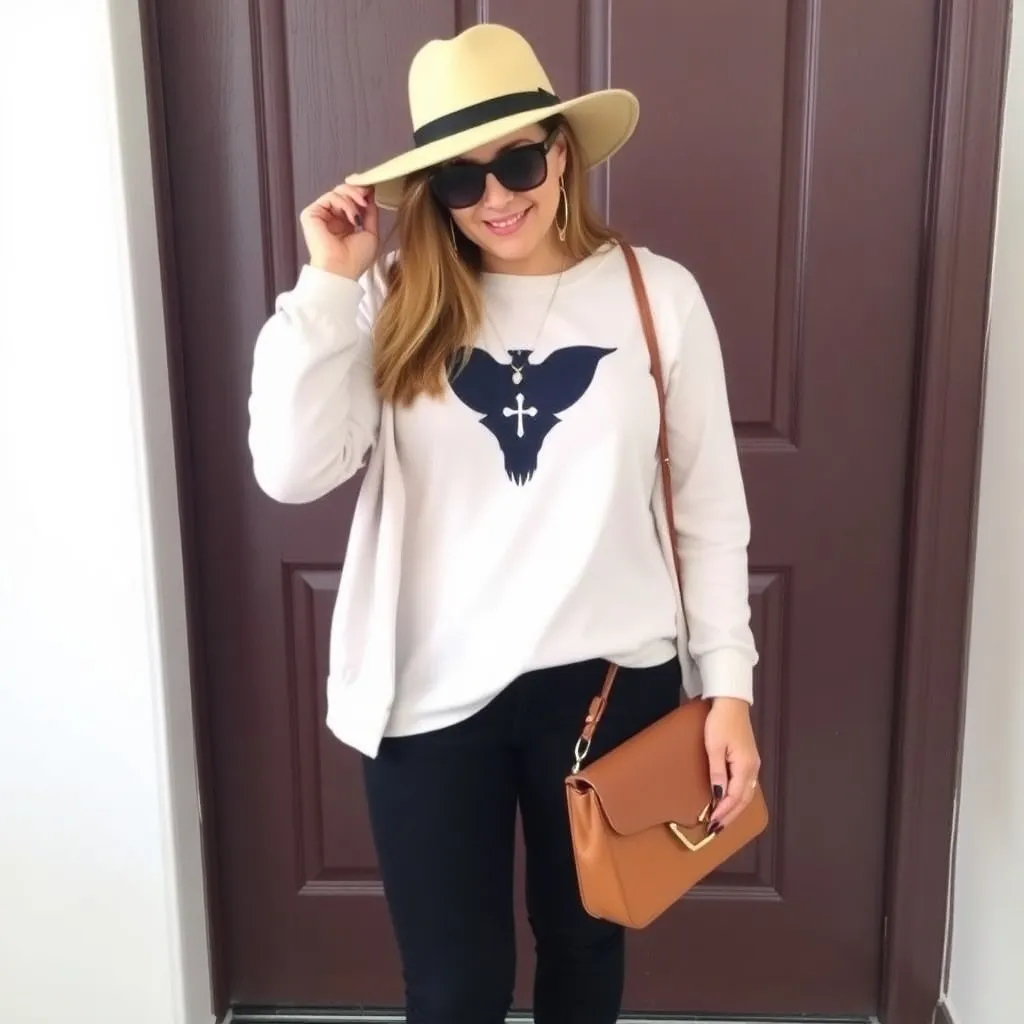
Ideal Fabric Choices
Choose fabrics that drape rather than cling: crepe, viscose blends, silk charmeuse, and lightweight wool crepe skim the body and conceal the midsection without adding weight. For structured pieces like blazers and ponte dresses, select medium-weight knits or ponte (with 2–5% elastane) to give definition at the shoulders and neckline while remaining comfortable through the waist.
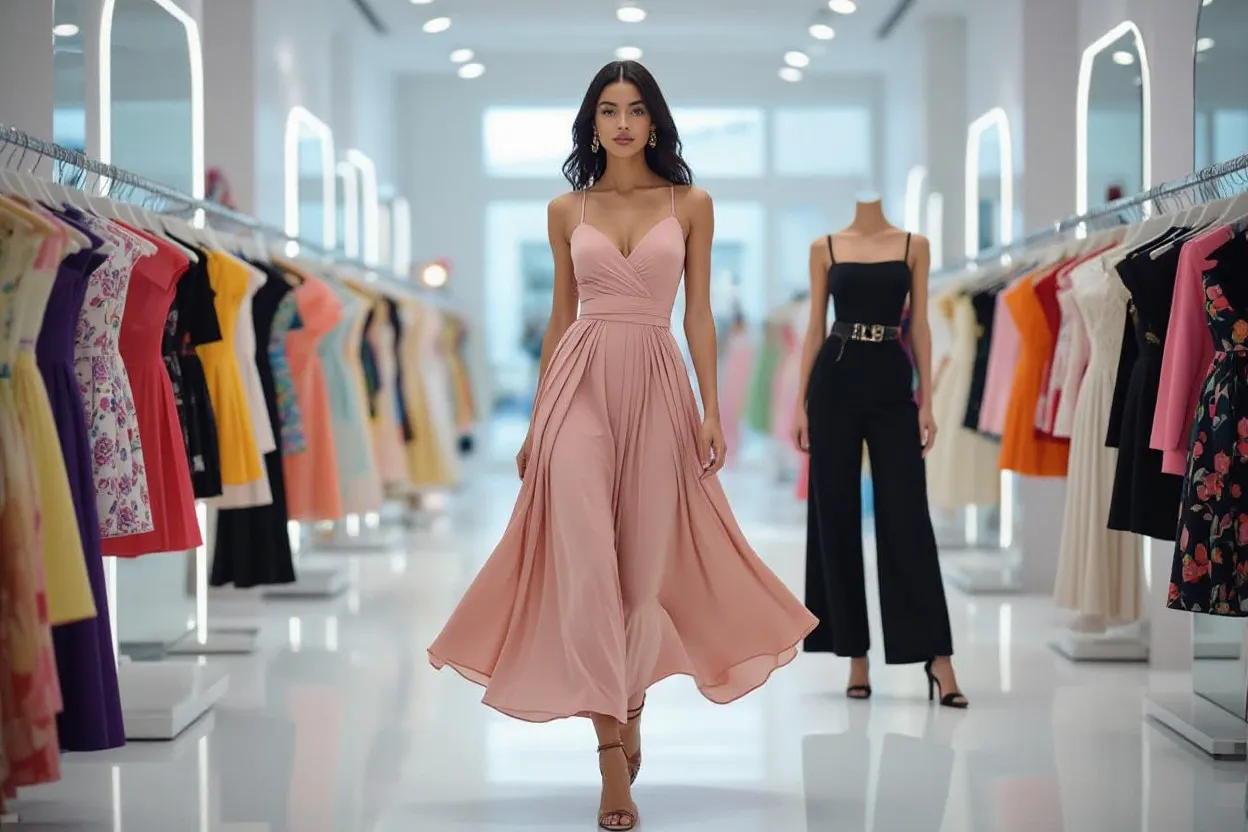
Lightweight outer layers such as chiffon or georgette work well for open-front jackets and cardigans because they fall away from the tummy; conversely, very thin, clingy jerseys and stiff, shiny fabrics can emphasize rather than conceal. Matte finishes and fabrics with a little surface texture help mask contour lines and keep the look polished. Look for blends with a small percentage of stretch for movement and fit—garments containing 2–5% elastane retain shape and prevent sagging at the midriff, while avoiding 100% slippery polyester that tends to cling; tailoring and proper lining will also improve drape and longevity of the piece.
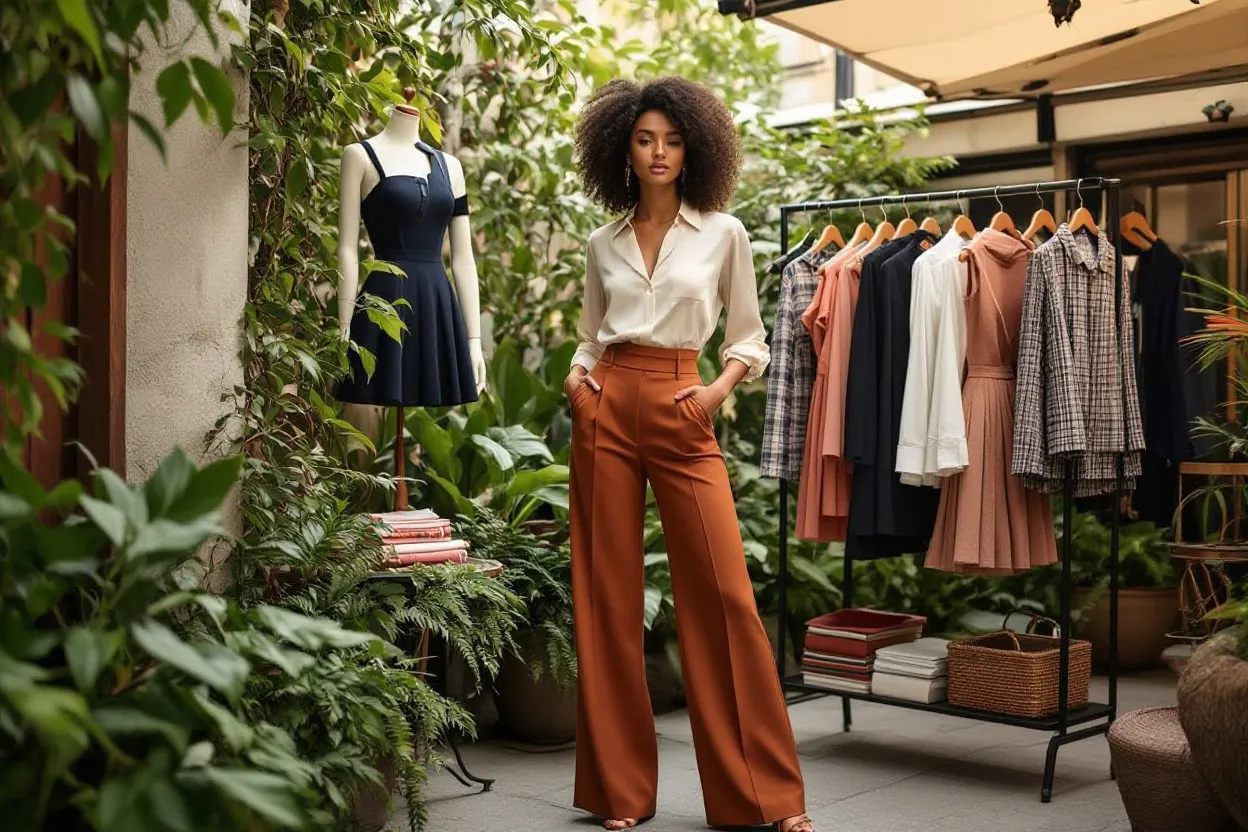
Final Word / Conclusion
Dress to guide the eye and balance proportions, not to hide your body. Open necklines, gentle drape, and clean vertical lines are your best friends. Choose bottoms that add balance, and use structure in jackets to define shape. Finally, elevate the look with confident accessories near the face. When in doubt, keep it simple, tailored, and comfortable—that’s what looks best. Need help turning this guide into a made-to-order lookbook or uniform for your team? Mekong Garment can help with pattern, fit, sampling, and production.
